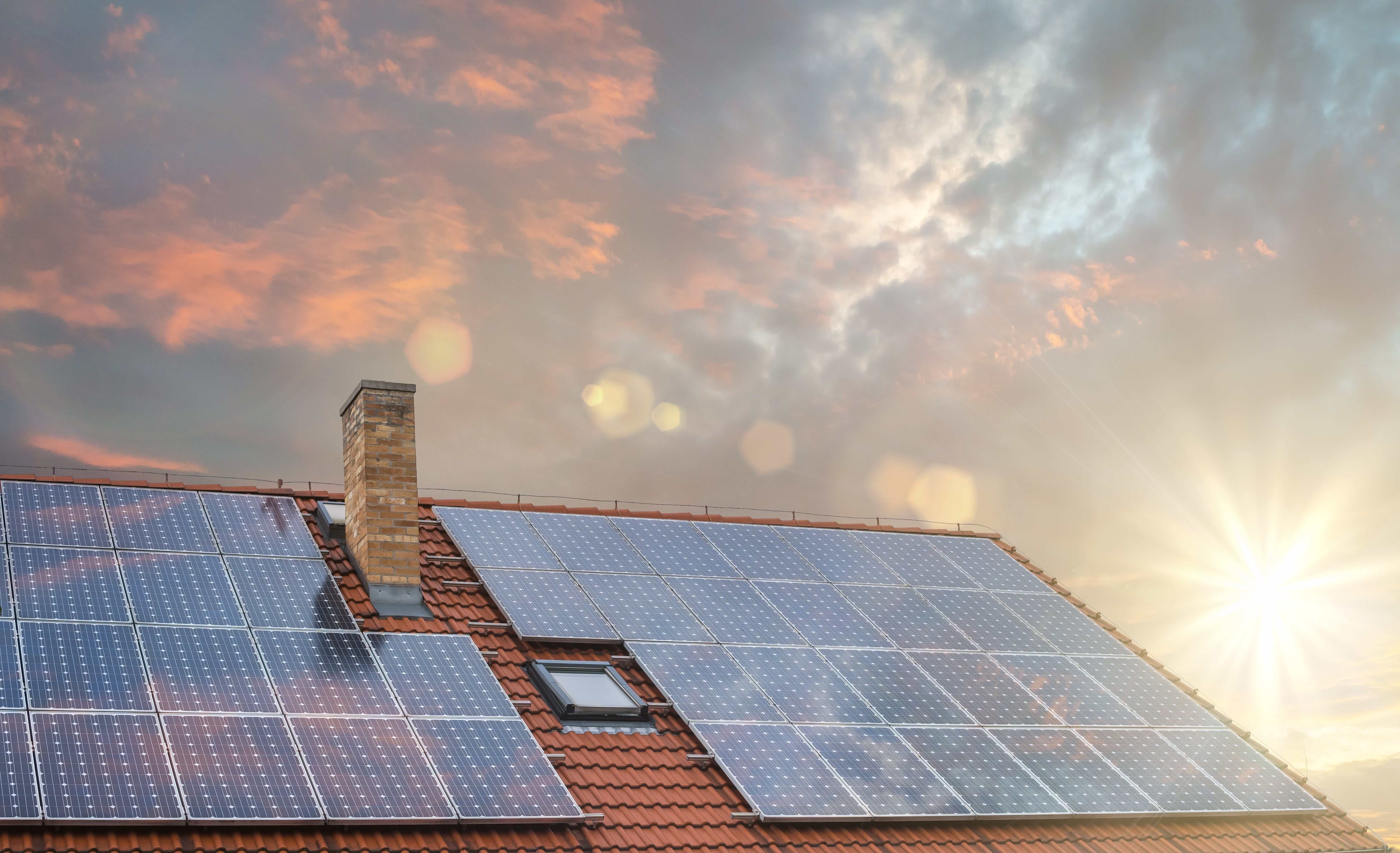Keeping its commitment to the Paris Agreement, India aims to produce 40% of electricity from renewable by 2030 by rapidly decarbonising its energy system. Strategically located in the northern hemisphere, India’s 58% of the area (mainly the Western and Southern regions) receives 5.1/5 kWh/m2/day irradiance about 330 days of the year. Riding on substantial solar potential(750 GW), India will achieve an ambitious target of 100 GW of solar power (including 60 GW from utility-scale mega projects and 40 GW grid-connected rooftop solar) in 2022. By harnessing 8 hours of direct sunlight, a typical home solar panel can produce 2320 watts of electric power per day to run domestic appliances. Depending upon the availability of sunlight, space on the rooftop and orientation of the panel towards the sun, maximum solar energy can be harnessed by the rooftop solar system.
Types of a Solar Rooftop System
Consumers can install the “Grid” or “Off-Grid” system depending on their electricity needs, geographic location, and quality of grid infrastructure.
The on-grid system is more suitable for such a geographic location where grid infrastructure is in good condition. Thanks to net metering, consumers can sell their excess electricity produced by renewables to the grid. The consumer can also access power from the grid in case of cloud cover during the rainy season.
Off-grid systems are more prevalent in remote, hilly, or inhospitable terrains with poor grid infrastructure.
The solar rooftop can be a win-win for consumers and the utility. The utility can better manage their peak loads and reduce dependence on hydrocarbon-based power, while consumers can reduce their electricity bills and earn revenue.
Way ahead
Apart from installing rooftops on home and commercial buildings, the government can explore an opportunity to install rooftop solar on government buildings, Railway stations, stadiums, and warehouses. As the Gujarat government has installed solar panels on the canal, the Indian government can replicate this pilot to cover the entire canal infrastructure, thus boosting power production and stopping the evaporation of irrigation water. India can also install floating solar panels on large water bodies by taking advantage of the latest floating solar panel.
India can not only exploit and build resources but also water bodies to tap substantial solar potential and lead the world in tapping solar energy. The need for an hour is proactive visionary political leadership which can create an enabling environment and ecosystem to implement this policy aggressively.

